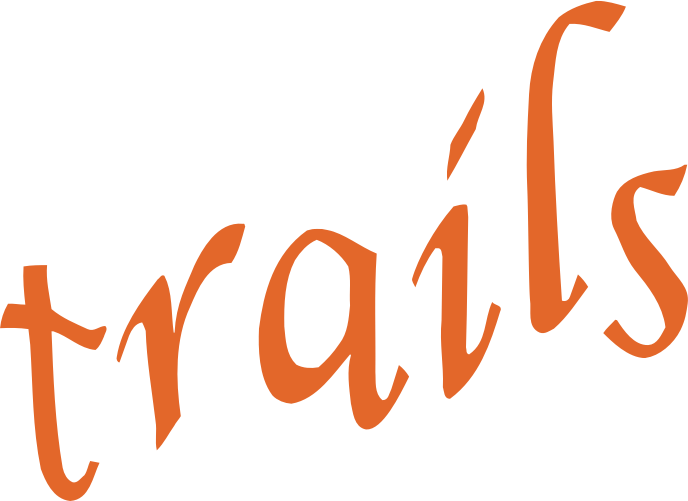-
measure NEO Five-Factor Inventory (NEO-FFI)
Study: TRAILS Mode of collection: SelfAdministeredQuestionnaire Available measurements: The Next Generation NEXT - T2 NEXT - T3 NEXT - T4 NEXT - T5The NEO Personality Inventory (NEO) is a personality inventory that assesess different dimensions of personality. Most versions focus on the Big Five personality traits Neuroticism, Emotional Stability, Extraversion, Openness to Experience, Agreeableness, and Conscientiousness. Different versions are available that differ in number of items and sub scales.Created October 17, 2024 • Updated October 17, 2024 -
measure Children’s Behavior Questionnaire (CBQ)
Study: TRAILS Mode of collection: SelfAdministeredQuestionnaire Available measurements: The Next Generation NEXT - T2 NEXT - T3 NEXT - T4 NEXT - T5The Children’s Behavior Questionnaire (CBQ) is a caregiver report that measures temperament in children aged 3 to 7 years. Domains of the CBQ include positive and negative emotion, motivation, activity level, and attention.Created October 17, 2024 • Updated October 17, 2024 -
measure Delay of gratification task - Present task
Study: TRAILS Mode of collection: Observation Available measurements: The Next Generation NEXT - T3The Delay of Gratification task aims to measure self-regulation by presenting the child with the choice between a small reward in the short-term and a larger reward in the long-term. The classic implementation of the Delay of Gratification task is the Marshmallow experiment, in which a child is presented with one marshmallow right now and is instructed...Created October 17, 2024 • Updated October 17, 2024 -
measure Delay of gratification task
Study: Generation R Mode of collection: Observation Available measurements: Generation R 3 yearsThe Delay of Gratification task aims to measure self-regulation by presenting the child with the choice between a small reward in the short-term and a larger reward in the long-term. The classic implementation of the Delay of Gratification task is the Marshmallow experiment, in which a child is presented with one marshmallow right now and is instructed...Created October 17, 2024 • Updated October 17, 2024 -
measure Early Adolescent Temperament Questionnaire - Revised (EATQ-R)
Study: Generation R Mode of collection: SelfAdministeredQuestionnaire Available measurements: Generation R 13-14 yearsThe Early Adolescent Temperament Questionnaire (EATQ) is designed to specifically tap experiences common to adolescents, and is available in self- and parent-report formats. It assesses temperament and self-regulation via adaptation of scales used in studies of children and adults. It has 10 subscales: Activation Control (the capacity to perform an action...Created October 17, 2024 • Updated October 17, 2024 -
measure Children’s Behavior Questionnaire (CBQ)
Study: Generation R Mode of collection: SelfAdministeredQuestionnaire Available measurements: Generation R 5-6 yearsThe Children’s Behavior Questionnaire (CBQ) is a caregiver report that measures temperament in children aged 3 to 7 years. Domains of the CBQ include positive and negative emotion, motivation, activity level, and attention.Created October 17, 2024 • Updated October 17, 2024 -
measure Children’s Behavior Questionnaire (CBQ)
Study: RADAR Mode of collection: SelfAdministeredQuestionnaire Available measurements: Third Generation G3 - T3The Children’s Behavior Questionnaire (CBQ) is a caregiver report that measures temperament in children aged 3 to 7 years. Domains of the CBQ include positive and negative emotion, motivation, activity level, and attention.Created October 17, 2024 • Updated October 17, 2024 -
measure Delay of Gratification Task
Study: RADAR Mode of collection: Observation Available measurements: Third Generation G3 - T2The Delay of Gratification task aims to measure self-regulation by presenting the child with the choice between a small reward in the short-term and a larger reward in the long-term. The classic implementation of the Delay of Gratification task is the Marshmallow experiment, in which a child is presented with one marshmallow right now and is instructed...Created October 17, 2024 • Updated October 17, 2024 -
measure Delay of gratification task - Raisin task
Study: TRAILS Mode of collection: Observation Available measurements: The Next Generation NEXT - T3The Delay of Gratification task aims to measure self-regulation by presenting the child with the choice between a small reward in the short-term and a larger reward in the long-term. The classic implementation of the Delay of Gratification task is the Marshmallow experiment, in which a child is presented with one marshmallow right now and is instructed...Created October 17, 2024 • Updated October 17, 2024 -
measure Delay of gratification task - Marshmallow task
Study: TRAILS Mode of collection: Observation Available measurements: The Next Generation NEXT - T4 NEXT - T5The Delay of Gratification task aims to measure self-regulation by presenting the child with the choice between a small reward in the short-term and a larger reward in the long-term. The classic implementation of the Delay of Gratification task is the Marshmallow experiment, in which a child is presented with one marshmallow right now and is instructed...Created October 17, 2024 • Updated October 17, 2024



